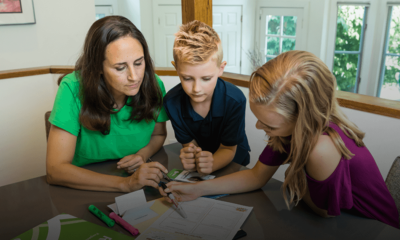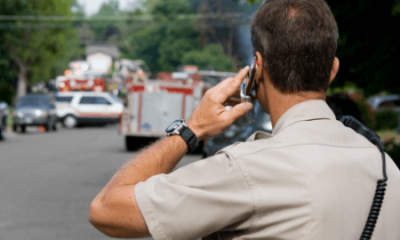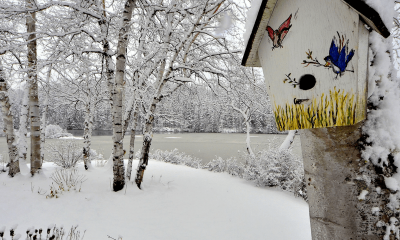Continue Your 12-Step Disaster Plan
In continuation of the article that appeared in January "Ring in the New Year with a 12-Step Disaster Plan" we have the next three steps in our year-long disaster planning series.
April – Prepare your home for spring weather
April showers bring May flowers! Spring is here and preparing for the wet weather is a must. Similar to how you would winterize your house for winter, it is time to ‘spring-erize’ your house for spring! As the snow begins to melt, water damage and flooding can become problematic quickly. According to the Federal Emergency Management Association (FEMA), floods are the most expensive type of disaster in the U.S.
- Check gutters to ensure they are working properly
- Check the roof and flashing for any damage that may have occurred throughout the winter
- Check the attic and basement areas for mildew or mold
- Check for any cracks/leak areas in foundation of property
- Elevate items in the basement (furnace, hot water heater, washer/dryer, etc.
- Flood insurance is typically a separate policy, so be sure to know whether or not you are covered for this peril
Any problematic areas found should be repaired by a reputable contractor. Always remember to check a contractor’s references prior to hiring.
May – Begin emergency fund
Possibly the easiest time of the year to begin an emergency fund is right after receiving your income tax refund (if you do not owe any money, that is). As a general rule of thumb, an emergency fund should account for 4 to 7 months' worth of expenses so that you can continue to live normally should a disaster occur.
Establish an attainable monthly savings goal, even if you have to start out small, and put that money into a dedicated emergency savings account. When looking for ways to save, consider doing the following:
- Grocery shop with a list and coupons
- Install a programmable thermostat to save on heating and cooling costs
- Request a rate reduction on your credit card(s)
- Shop around for a lower rate on auto/homeowner’s insurance
- Treat your emergency fund as if it were a bill that needs to be paid each month
- Trim unnecessary bills of things you rarely use (gym memberships, cable, etc.)
- When you pay off a bill, transfer the same amount as that payment was to your emergency fund each month
- When you come into unexpected money, don’t splurge, save!
Remember, the emergency fund is there to cover your basic needs to survive (food, utility bills, automobile and mortgage payments); it does not need to account for luxuries such as vacations or entertainment.
June – Develop an emergency communication plan
How many phone numbers would you remember if your cell phone stopped working or was damaged? How many numbers does your child have memorized if you are not present or unable to help during an emergency? Does everyone in your household know where important documents are stored?
Help yourself by creating a comprehensive binder of documents that family members can access in case of an emergency. This binder should contain emergency contact phone numbers, as well as a communication plan and phone tree. It should also contain other important records and documents, such as: birth/death/marriage certificates; insurance policies; and medical records. Having this prepared, and in a known location, is a great way to be organized and have everything ready at your fingertips so that you can grab-and-go in a disaster situation.
To catch up or continue with this series, visit:
- Part 1 – January, February & March "Begin Your 12-Step Disaster Plan"
- Part 3 – July, August & September "Continue Your 12-Step Disaster Plan"
- Part 4 - October, November & December "Finish Your Plan"
For further reading, visit:












